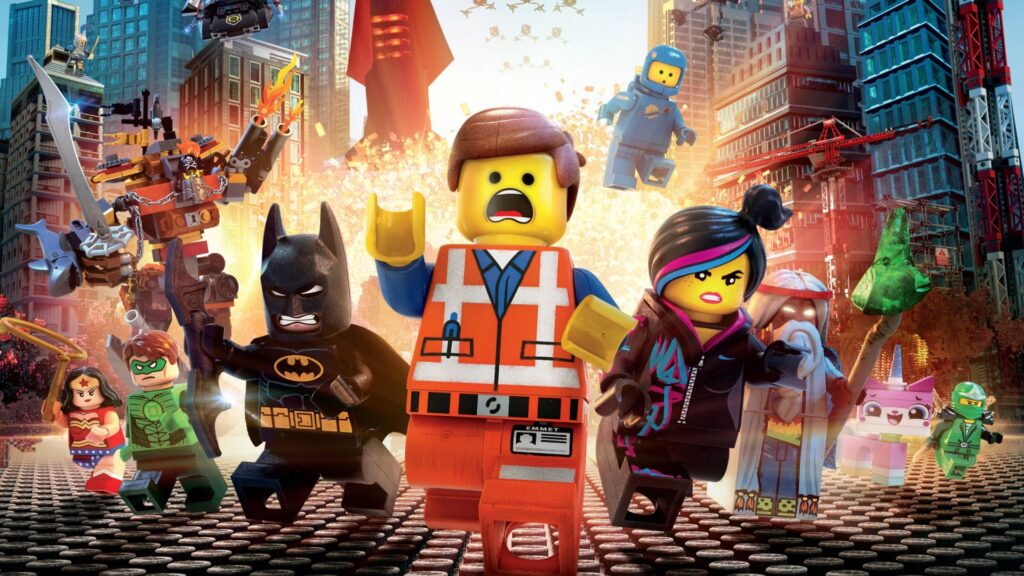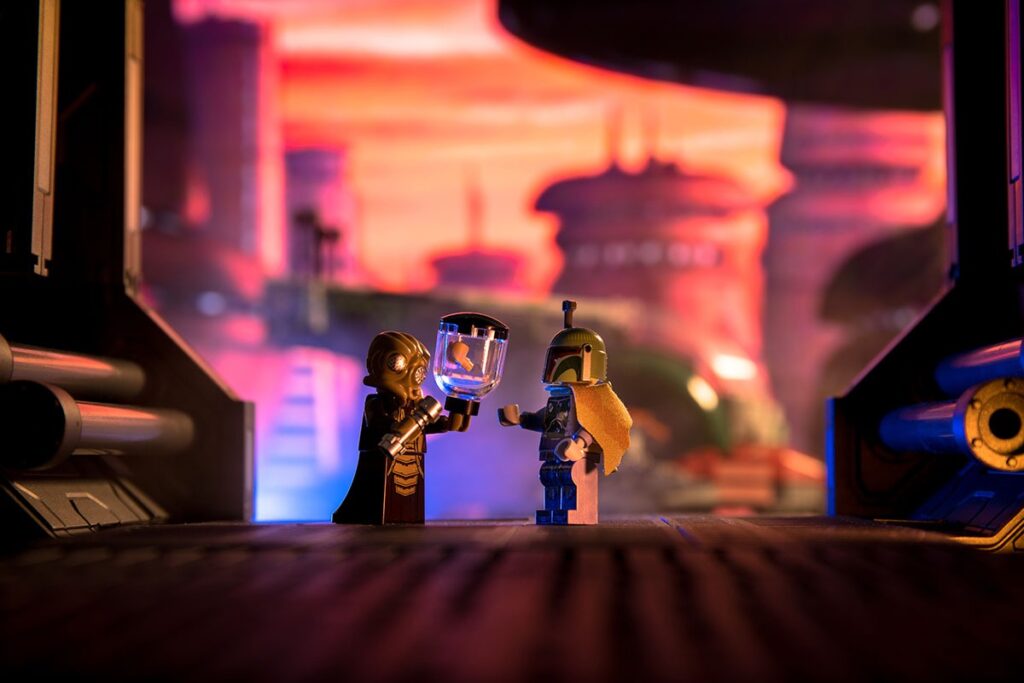

Why We’re All Still Obsessed with LEGO – The Timeless Appeal of Building Brick by Brick
There’s something magical about snapping together LEGO bricks. It’s a simple concept – colorful plastic pieces that click together to form whatever your imagination can conjure – yet the appeal of LEGO transcends age, generation, and even culture. From the moment they spill out of the box, LEGO taps into a universal desire to build, create, and play.
For over 70 years, LEGO has held a special place in the hearts of millions, evolving from basic brick sets into movies, video games, elaborate models, and even massive theme parks. But what is it about LEGO that keeps us coming back, long after we’ve left childhood behind?
The Power of Creation – The Joy of Building
At its core, LEGO taps into a primal joy – the act of creating something from nothing. Whether it’s a simple house, a spaceship, or an intricate recreation of Hogwarts, LEGO hands you the tools to shape the world brick by brick.
The satisfaction of taking loose, scattered pieces and assembling them into a recognizable form is deeply rewarding. Each brick feels like a small step forward, and by the time the last piece clicks into place, there’s a profound sense of accomplishment. Building is therapeutic, grounding, and even meditative.
Unlike most toys, LEGO doesn’t offer a single path or narrative. Sure, sets come with instructions, but the beauty lies in ignoring the manual and letting your imagination take over. A pirate ship can quickly morph into a futuristic fortress, and a Star Wars X-wing can become a flying castle. LEGO invites limitless experimentation.
Freedom Meets Structure – A Perfect Balance
LEGO thrives in the sweet spot between freedom and structure. Sets with detailed instructions provide a clear goal for those who crave direction, but the loose bricks left behind after disassembling a model open the door to freeform creativity.
This duality mirrors how we interact with the world – sometimes we follow blueprints, and other times we invent as we go. LEGO’s brilliance lies in its ability to teach both.
Children learn problem-solving and spatial awareness by following steps to build a set, but imagination and innovation bloom when they deviate from the plan and create something uniquely theirs. Adults, too, find comfort in the structured, almost puzzle-like nature of building intricate sets, especially with advanced models designed specifically for older builders.
Nostalgia and Generational Bonding
For many, LEGO isn’t just a toy – it’s a nostalgic artifact that connects them to childhood memories of building on bedroom floors or battling siblings over missing pieces. The unmistakable click of bricks locking together evokes a sense of comfort and familiarity.
As adults revisit LEGO through their children, the experience becomes a shared bond across generations. Parents introduce their kids to the same sets they built decades earlier, creating a tradition that bridges the gap between youth and adulthood.
LEGO’s enduring popularity is rooted in its ability to evolve without losing its essence. While today’s sets are more complex and themed around massive franchises like Star Wars, Marvel, Harry Potter, and Minecraft, the core experience remains unchanged. It’s still about sitting down, opening a box, and building something extraordinary.
LEGO as a Cultural Icon
LEGO’s influence extends far beyond toy shelves. Over the last two decades, the brand has cemented itself as a cultural powerhouse.
The success of The LEGO Movie in 2014 reinforced the idea that LEGO isn’t just for kids. The film’s tongue-in-cheek humor, emotional depth, and meta-commentary on creativity resonated with audiences of all ages. It reminded adults that it’s okay to play, and that sometimes, breaking the rules of the manual leads to the most exciting builds.
LEGO has also made waves in gaming. Titles like LEGO Star Wars, LEGO Marvel Super Heroes, and LEGO City Undercover introduced humor and interactive storytelling to some of the world’s biggest franchises, attracting not just young gamers but also adults looking for lighthearted fun.
Meanwhile, LEGO Masters, a competitive reality TV show, showcases the artistry of LEGO builders around the globe, transforming brick-building into a spectator sport.
Engineering and Innovation – The LEGO Architecture of Tomorrow
LEGO has never been just a toy – it’s a tool for teaching engineering, architecture, and design. The introduction of the LEGO Technic and Mindstorms lines brought complex mechanical systems and robotics to LEGO, inspiring future engineers and programmers.
STEM education thrives with LEGO as a teaching aid, allowing kids to learn concepts like coding, physics, and structural integrity in a fun, hands-on environment. LEGO robotics competitions have become gateways for young innovators to dive into tech, and LEGO’s educational programs are used in classrooms worldwide.
Even professional architects and designers use LEGO to prototype ideas and visualize complex structures. The LEGO Architecture series pays homage to this, allowing fans to recreate landmarks like the Eiffel Tower, the Empire State Building, and the Great Wall of China with astounding detail.
The Zen of LEGO – Therapy in Tiny Bricks
LEGO has quietly found a place in the realm of mental health and stress relief. There’s something profoundly relaxing about sorting bricks by color, meticulously following instructions, and watching a model slowly come to life.
Building LEGO can feel like a form of meditation, allowing players to focus on small, achievable tasks that quiet the mind. In a world filled with distractions and constant connectivity, LEGO offers a rare moment of peace and concentration.
This therapeutic quality has led many adults to return to LEGO as a hobby. The market for adult LEGO sets has expanded significantly, with intricate models of famous landmarks, cars, and even art pieces aimed squarely at older audiences.
Why LEGO Will Always Be Relevant
At the end of the day, LEGO taps into something universal – the need to create, explore, and express ourselves. Whether you’re a five-year-old building your first spaceship or an adult meticulously assembling the Millennium Falcon, LEGO fosters a sense of wonder, joy, and accomplishment.
Its timeless appeal lies in its ability to grow with you. It evolves with the times, embraces new technologies and franchises, but at its heart, LEGO is the same as it’s always been – a box of bricks and endless possibilities.
The next time you crack open a new LEGO set, take a moment to appreciate the magic happening in your hands. It’s not just plastic – it’s a portal to imagination, and that’s something we never really outgrow.
